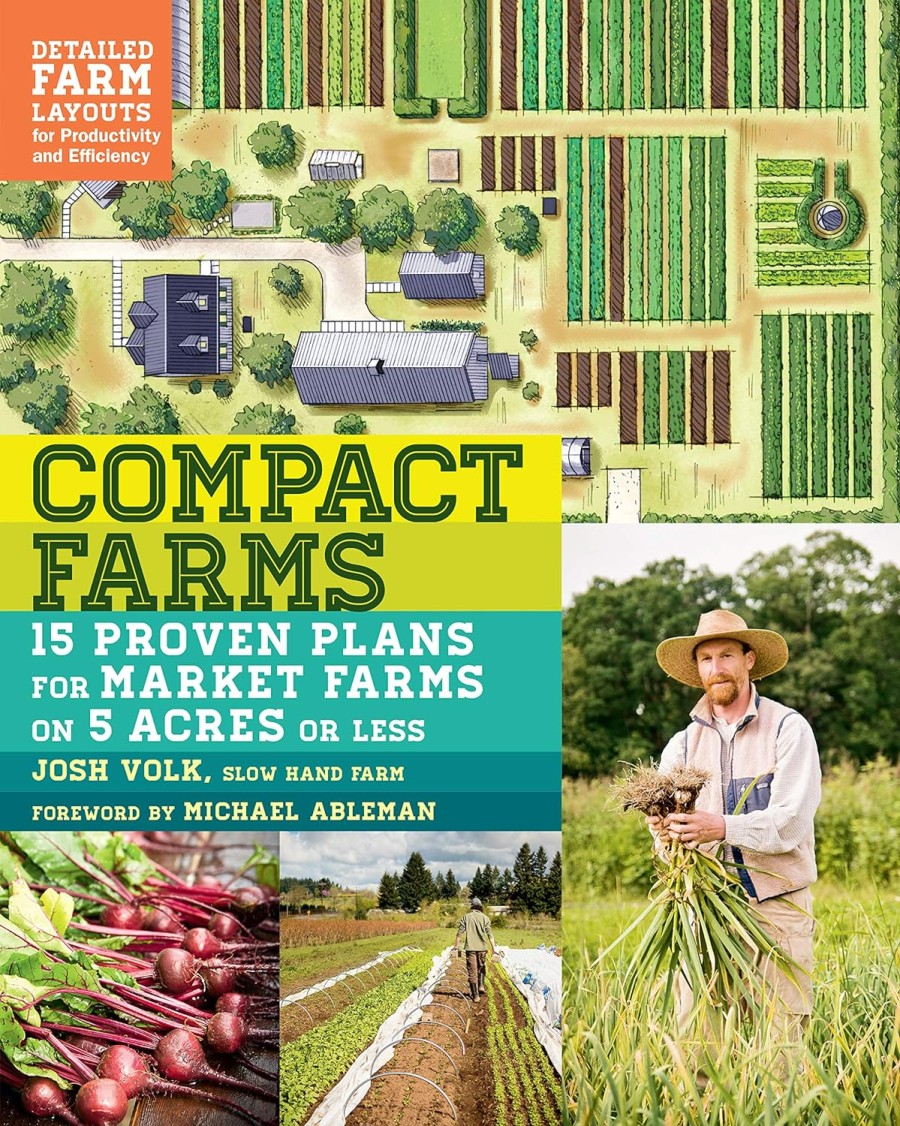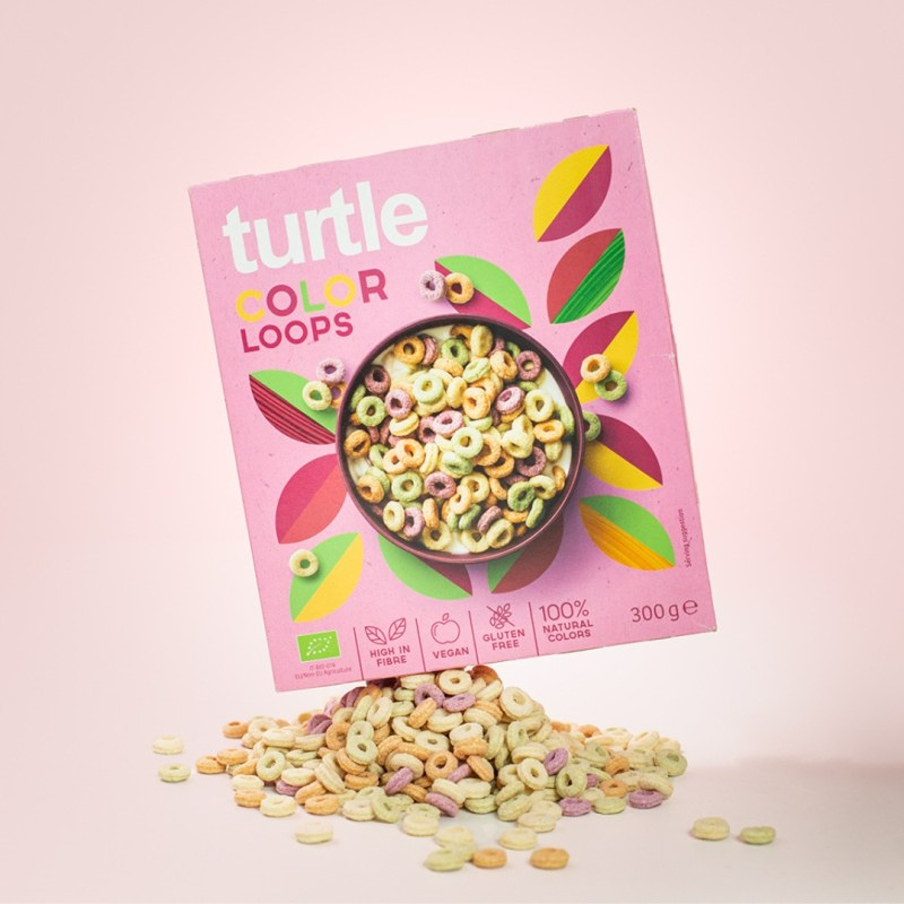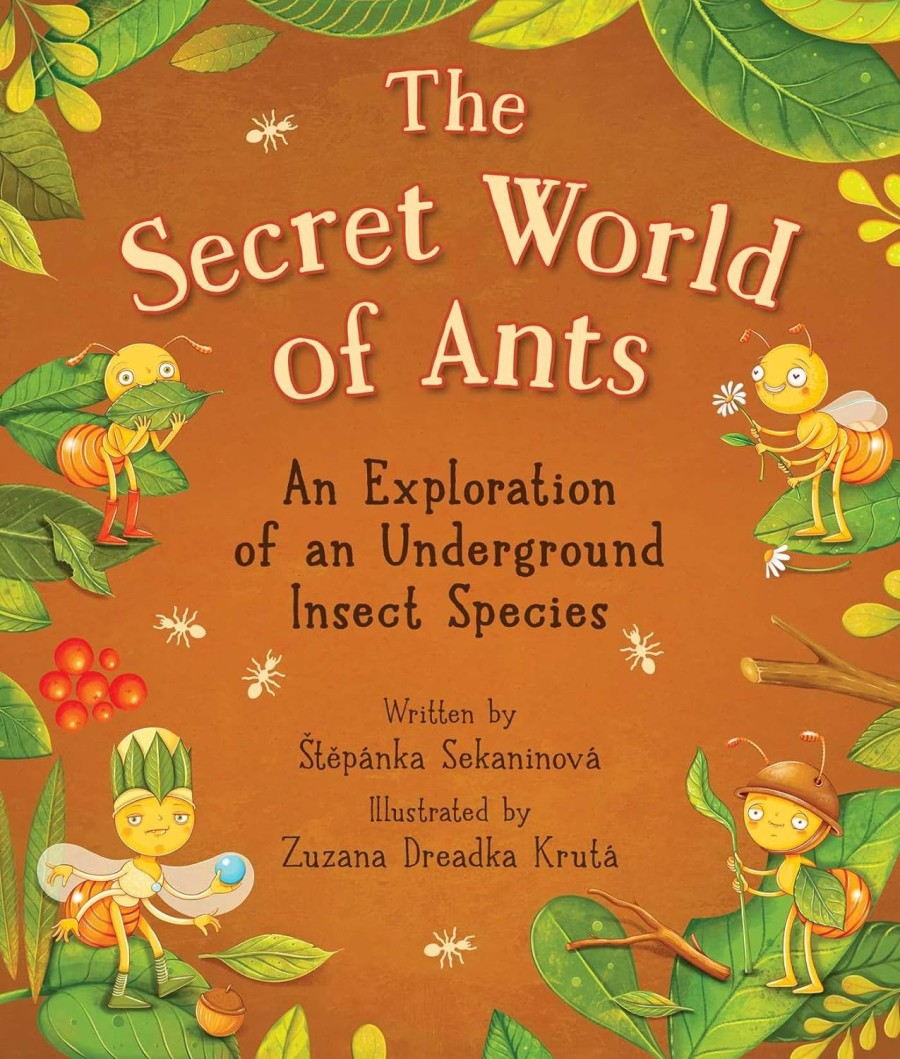
Compact Farms is a useful book of 15 real vegetable farm plans, for big success. Fully illustrated for farms of 5 acres of less, learn how to harness clean water and orient farms to the right directions, to grow food with maximum efficiency and minimal effort. The book profiles small-scale farmers in urban and rural settings, who earned enough income to turn hobbies into careers.
Learn how to make farms safe for pets (use wildlife-friendly netting alternatives as most is larger than 0.5mm gaps recommended that could trap). Never face indoor trees to gardens, to help stop birds flying into windows. And know trees to avoid near horses (including yew and oak).
No-dig gardening and farming protects local wildlife like earthworms and stag beetles, so you only need simple garden tools including vegan gardening gloves (profits help a local animal sanctuary). Due to synthetic materials, use a microplastic catcher if laundering.
And if you want to get really ambitious, the same author has written a book on how to build your own farm tools. Set up a workshop and make 15 tools including simple seedling benches, a mini barrel washer, a DIY germination chamber and a rolling pack table. Plus learn how to design an effective drip irritation system. For the ‘boring money stuff’, read The Farmer’s Office Handbook or Flower Farming for Profit (whichever is more relevant).
Microfarms is the ultimate guide to creating a tiny profitable farm, using small-scale organic agriculture (the book is written by a market gardener in North America whose time-tested methods work for him and others). Taking 8 case studies to showcase successful regenerative farming projects, learn how to use permaculture advice to create proper crop planning, and use low-tech and low-cost farm tools to build health soil to sell organic food at good prices to local people. The book covers ideas like farmers’ markets and community-suppoted-agriculture (where people ‘invest’ in your farm by paying for the harvest beforehand so you are not slaves to supermarkets), along with tips on protecting biodiversity through wildlife-friendly farming.






